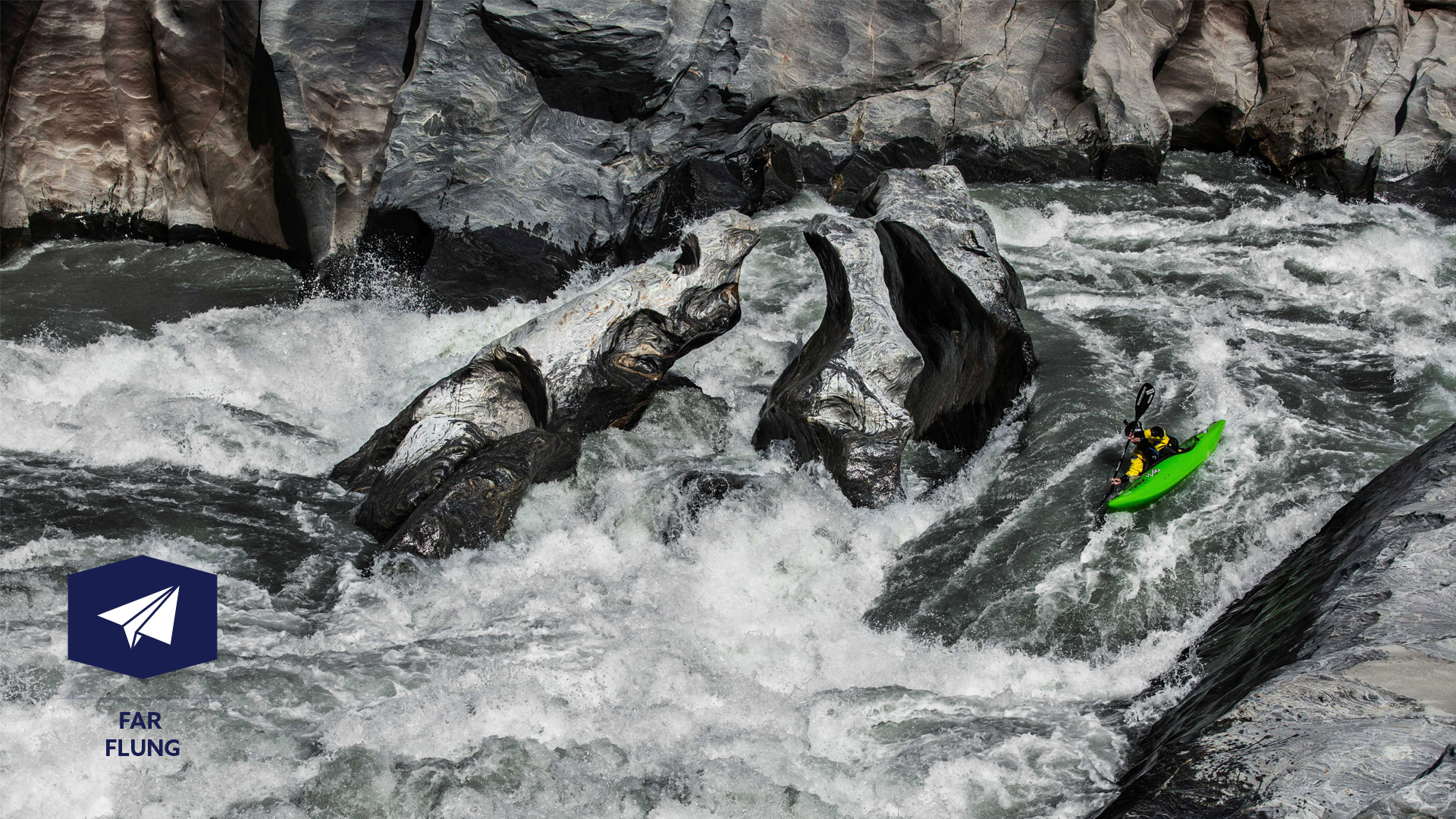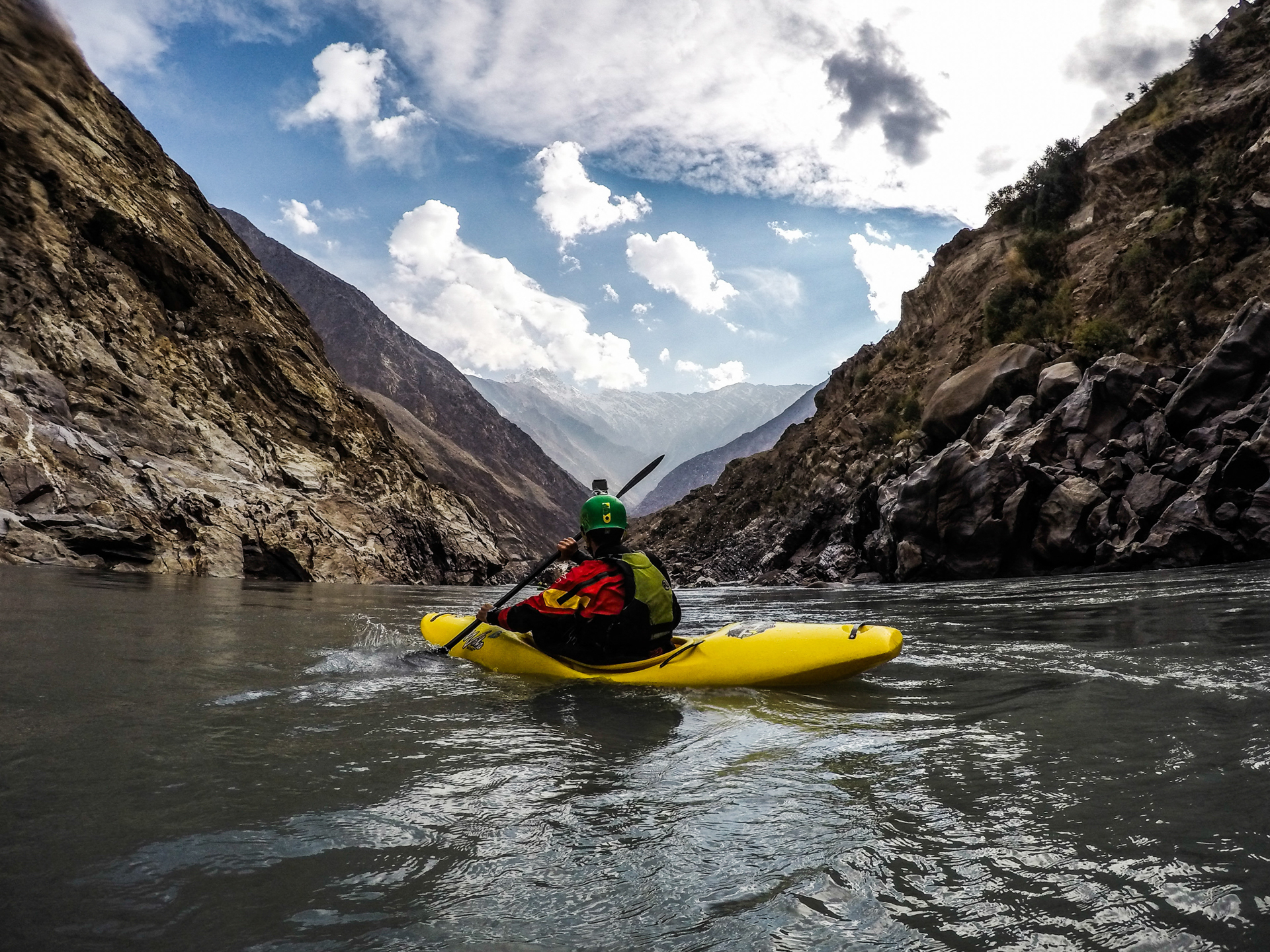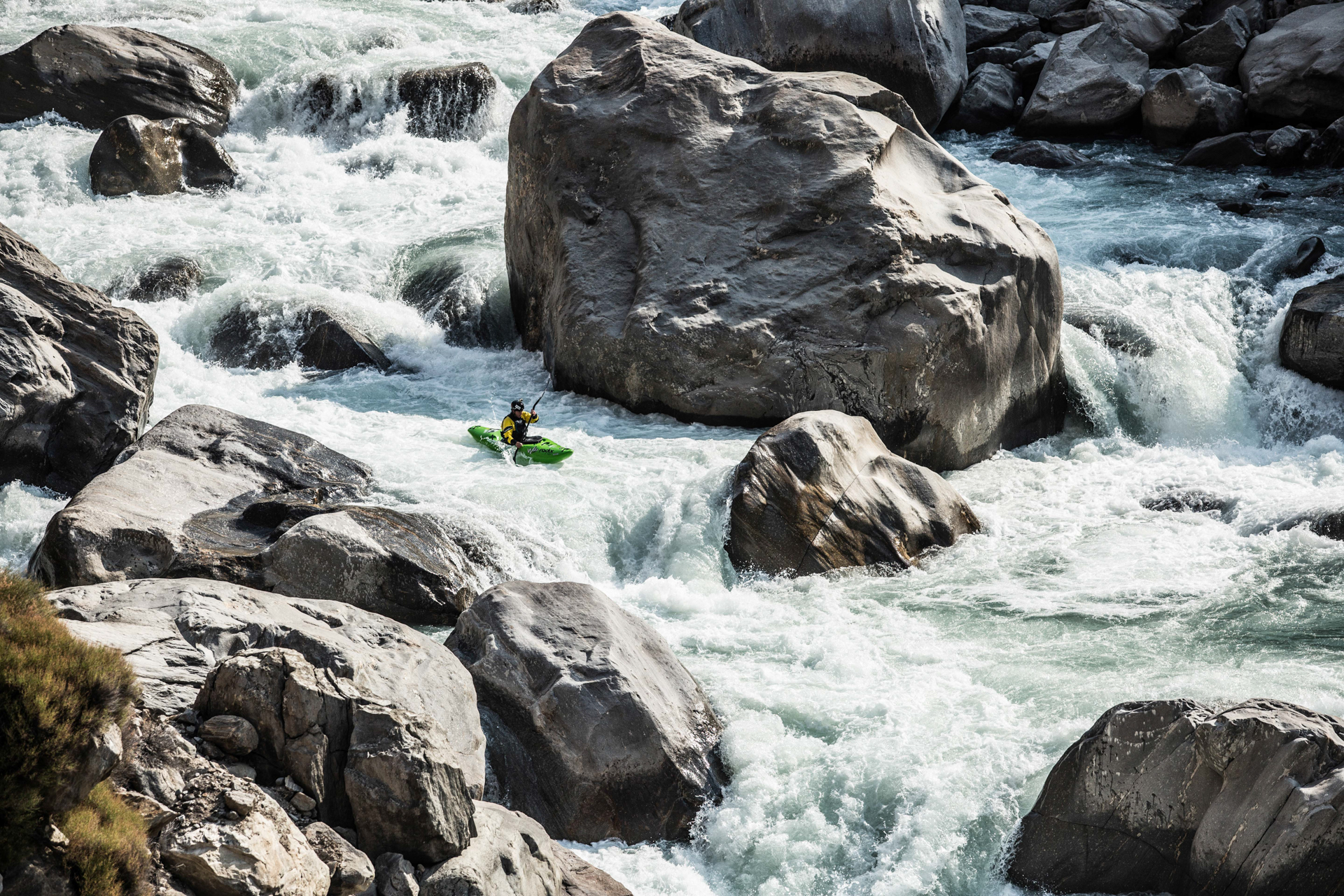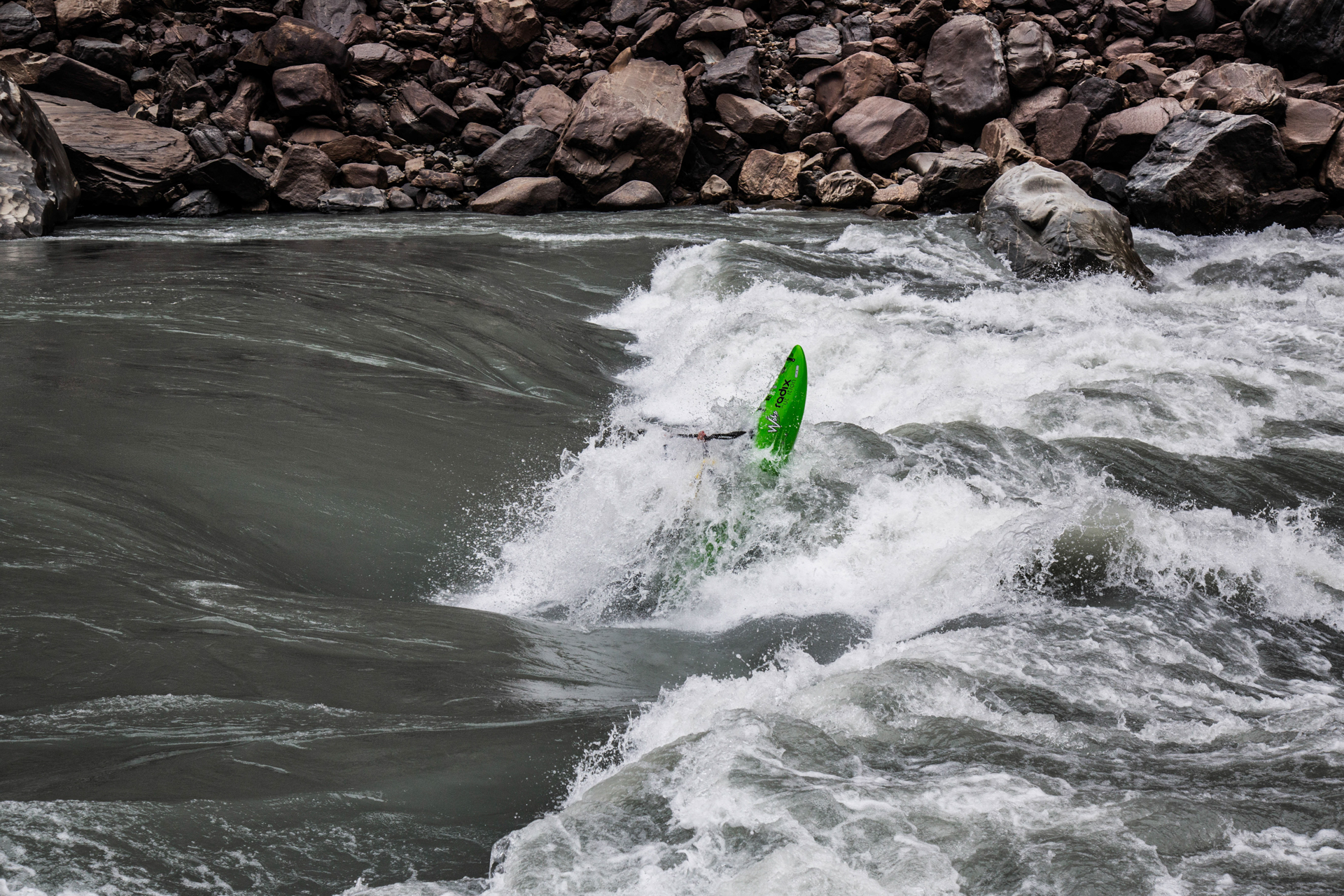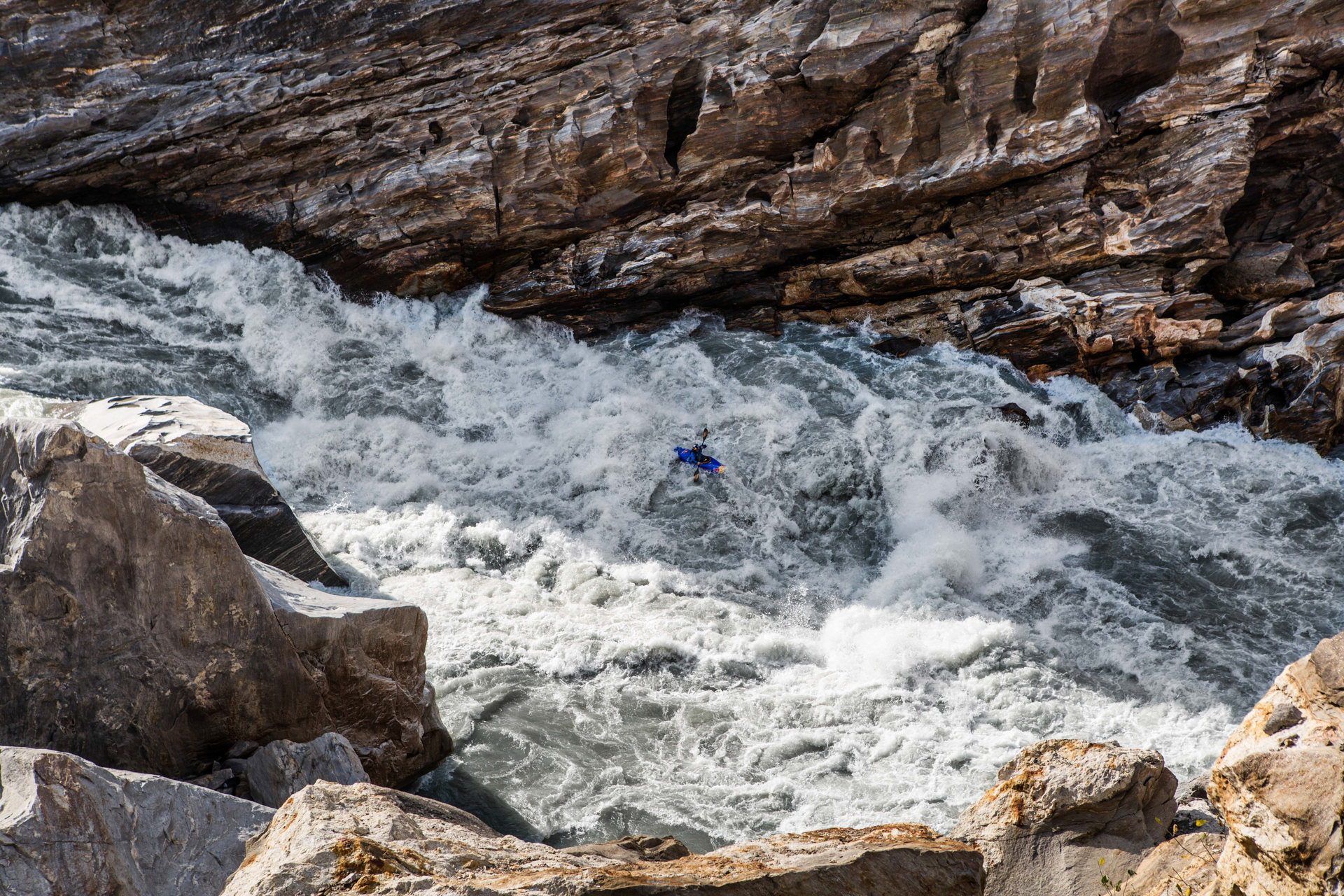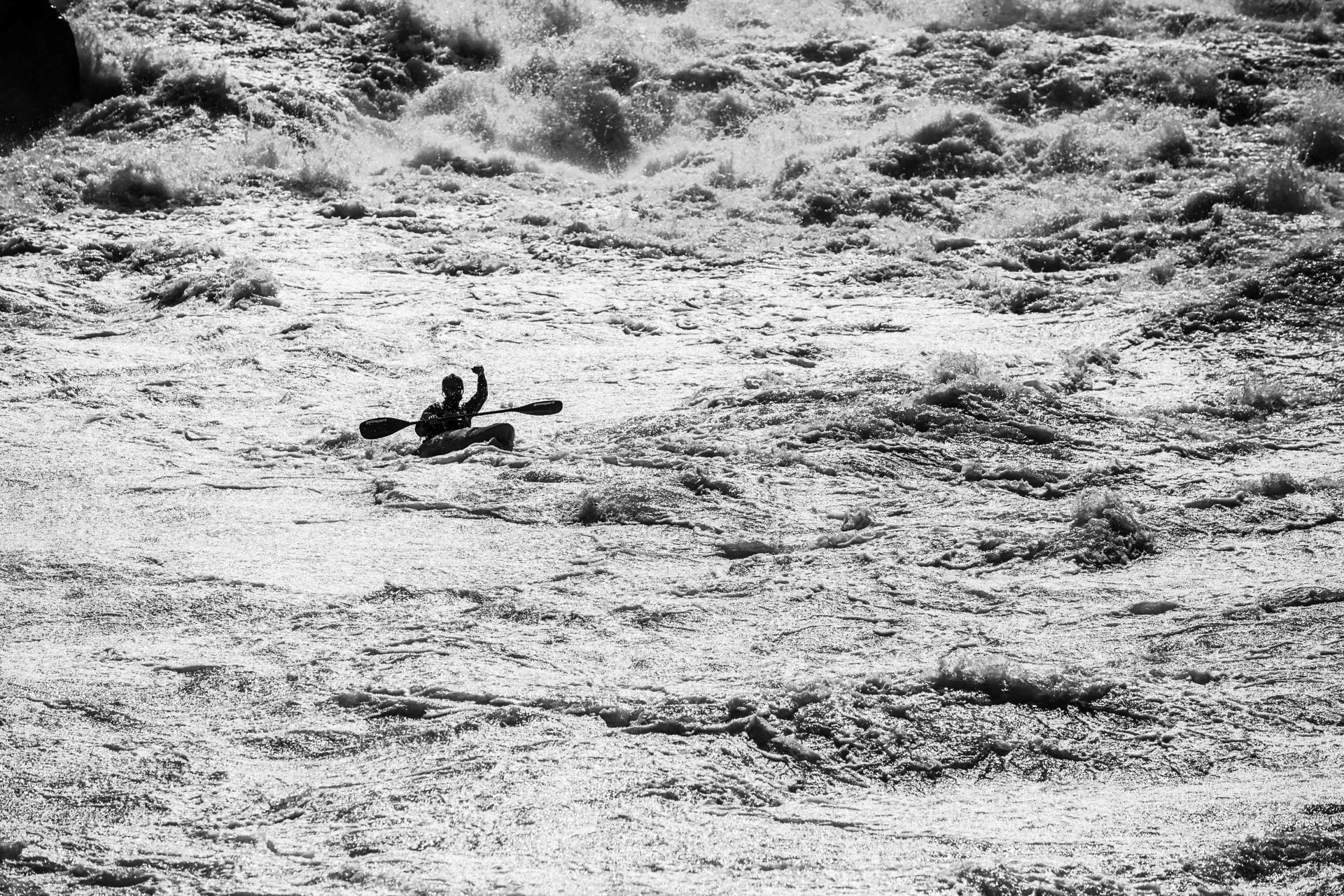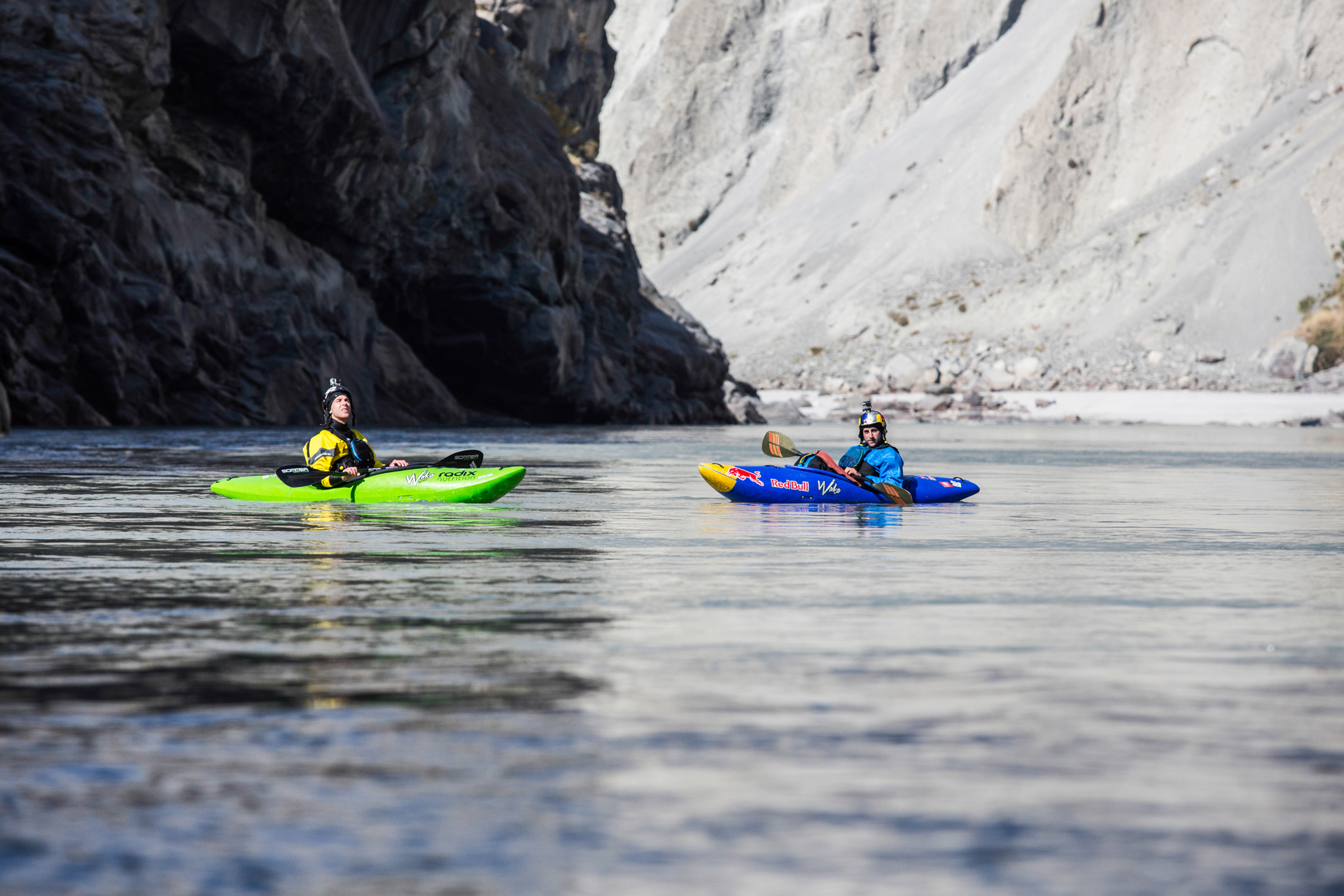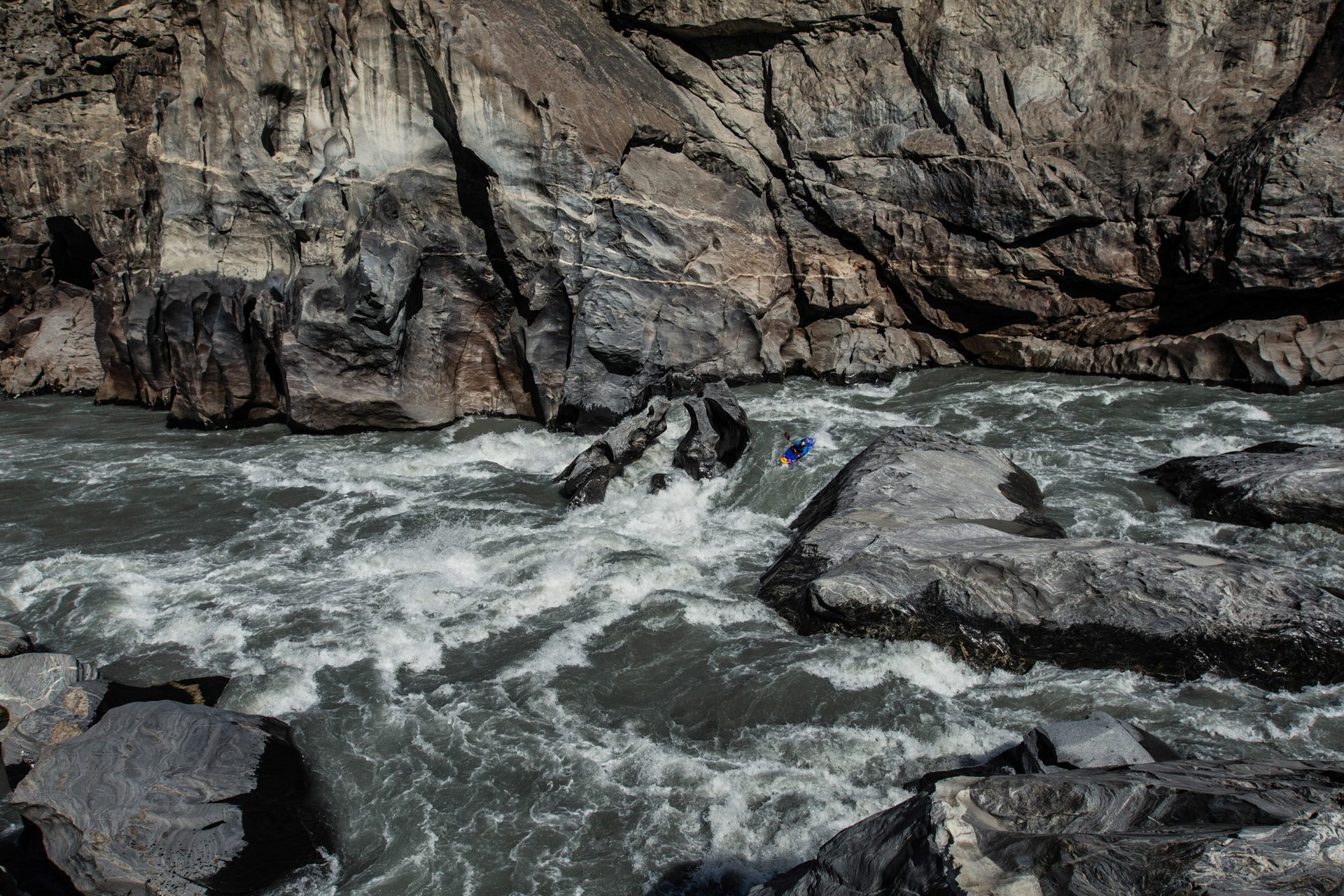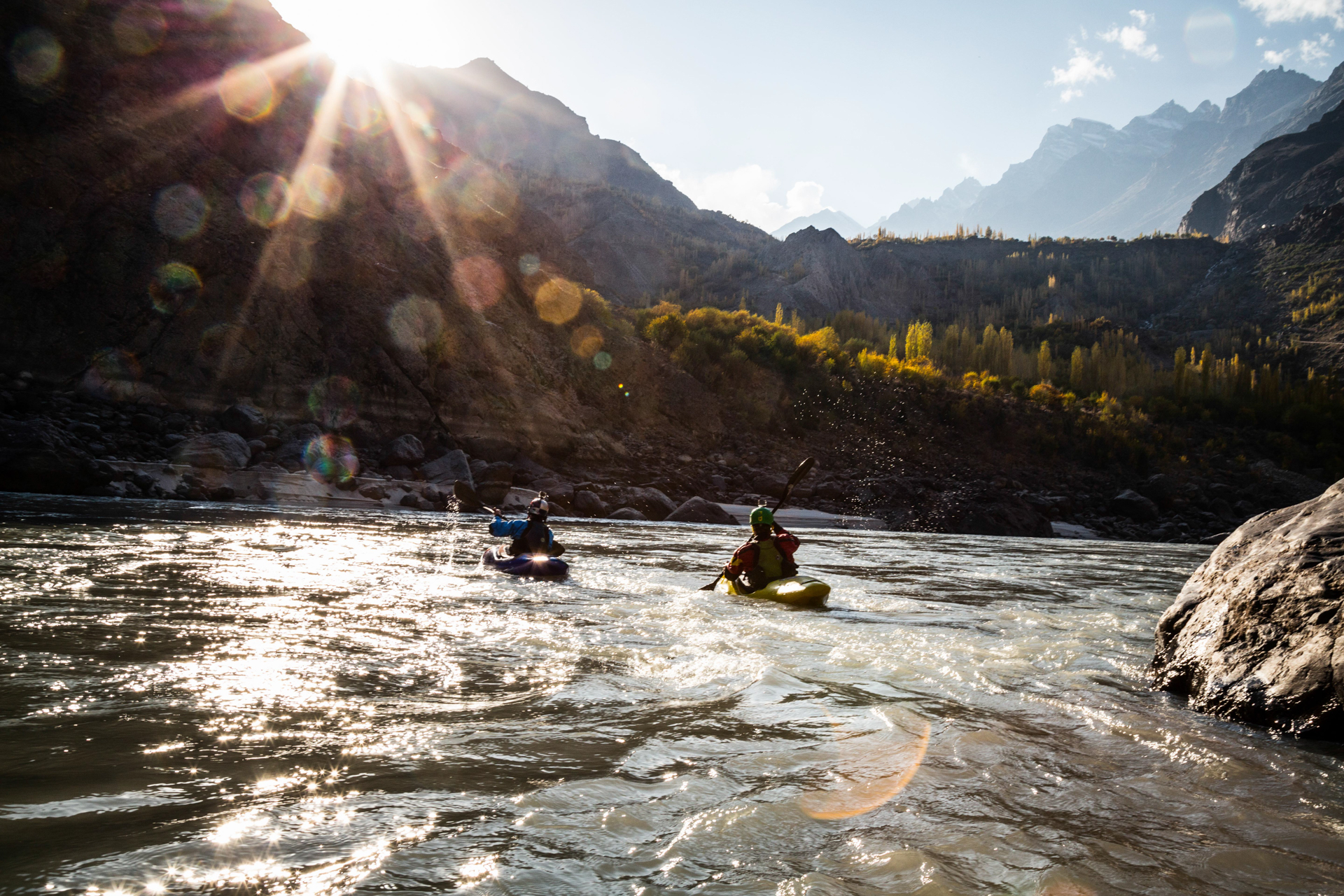It begins as a mountain spring named “Lion’s Mouth”, deep in the Tibetan heart of the Himalayas, a nearby monastery signifying the holiness of the site. Yet by the time the Indus River hits the Arabian Sea in the Pakistani port city of Karachi more than 3000km away, it is one of the biggest rivers in Asia.
Carving an isolated path alongside the world’s highest peaks through gorges more than 5km deep, the Indus has become a pinnacle of big water paddling.
Fresh from winning the extreme kayaking world title, Spaniard Aniol Serrasolses joined New Zealander Mike Dawson and Irish filmmaker Ciarán Heurteau to attempt a descent of the fabled Rondu Gorge deep in the northern heart of Pakistan.
Eight years had passed since the last expedition, lead by American Ben Stookesberry, into the gorge. Since then, Pakistan’s precarious reputation off the water had stopped any planned trips into the North Pakistan state of Gilgit Baltistan in their tracks.
“When considering a descent on the body of water that gave India its name, the severe isolation is a daunting factor”
When considering a descent on the body of water that gave India its name, the severe isolation is a daunting factor. Located in the corner of Pakistan under territorial dispute since the partition of India in 1947, when you enter the river, you truly are on your own, all the comforts of civilisation left on the dusty road to the put-in.
Outside rescue is not an option as any form of satellite locator beacon is forbidden in this heavily militarised zone. Check points and an endless paper trail ensure none enter the stunning Indus Valley undetected.
